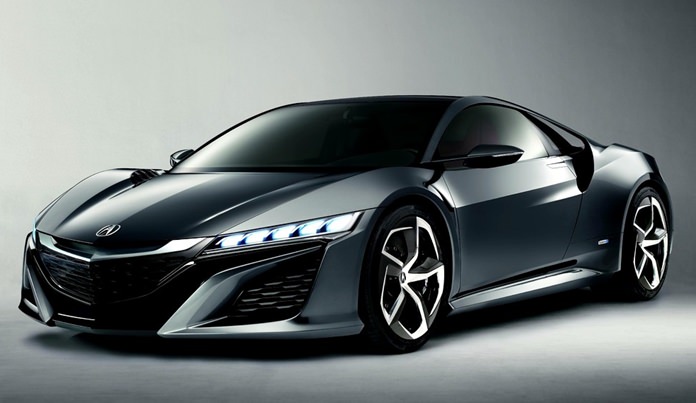According to a report from Honda Japan, the first autonomous Honda is just four years away. “Honda continues to conduct research and development of self-driving functions and aims for the actual application of these technologies on the highway by 2020.”

Rather than throwing skepticism in the autonomous corner, Honda states that the safety advances are not just down to vehicle technology, and its ambitious plan will only become a reality with similar efforts in the areas of human safety education, telecommunication networks as well as more advanced vehicles.
Quality of Honda products is also cited as a major area the company will heavily resource and the sustainability guide quotes the philosophy of Honda founder Soichiro Honda, “We have to aim for 120 percent product quality,” he said. “If 99 percent of the products we make are perfect, that would seem like a pretty good record. However, the customers who become the owners of the remaining one percent will surely consider their products 100 percent defective.”
Giving themselves a broader global focus, Honda is transitioning into using English as its universal language, and by 2020, all international communication will be distributed in English.
Honda also expressed goals in the logistics field with supply chain optimization and enhancement looked upon as an opportunity to reduce costs, boost efficiency, reduce waste and cut CO2 production.
The old empty containers problem is mentioned in Honda’s future big picture. With more strategic management of freight, export supplies can be dispatched in one direction and the container can be loaded with import goods for the return journey, effectively cutting the movement of an empty truck for two journeys. (This is somewhat utopian, and requires that there be import goods available, something no-one has been able to provide an answer.)




